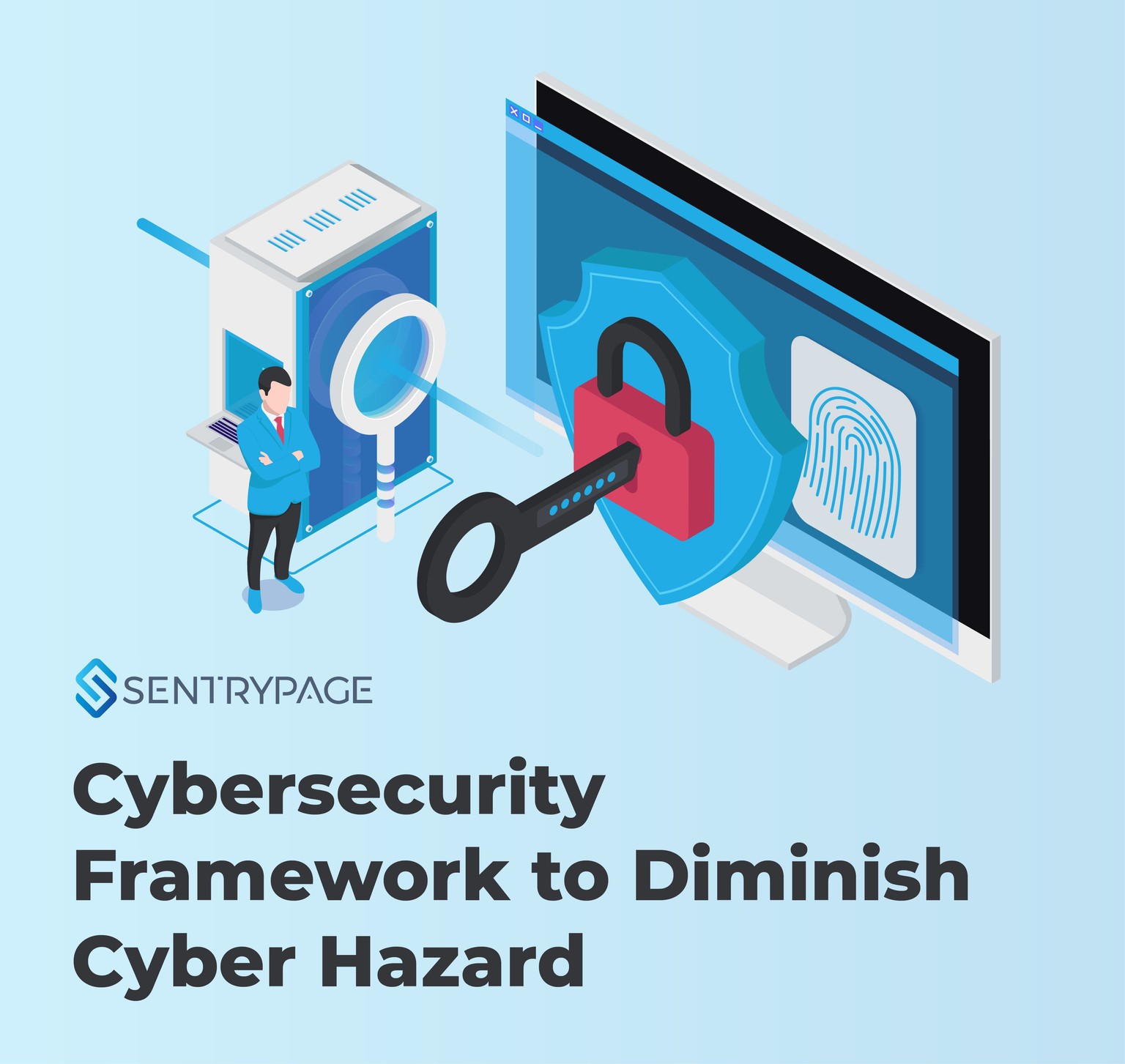
Cybersecurity Framework to Diminish Cyber Hazard
What is the Cybersecurity Framework?
The cybersecurity framework is defined as an accepted guideline and best practice that is robust so that any organization can follow, disregarding their industry & size. This framework also serves as a common language and set of standards for security leaders globally to understand their security postures and those of their vendors.
It becomes much easier to define the processes and procedures your organization must take to assess, monitor, and mitigate cybersecurity risk using the framework. A clear objective of the cybersecurity framework is to reduce the vulnerabilities and weaknesses of an organization against hackers or other cybercriminals. See also Hackers' Behaviour.
What is The Standard Cybersecurity Framework?
A lot of cybersecurity frameworks exist, but one of the most commonly used is the one that has been established by the National Institute of Standards and Technology (NIST), called NIST Cybersecurity Framework. Focuses on using business drivers to guide cybersecurity activities and risks. This framework aims to become a part of the organization’s risk management processes.
According to their official documentation,
“The NIST Cybersecurity Framework was established in response to an executive order by former President Obama — Improving Critical Infrastructure Cybersecurity — which called for greater collaboration between the public and private sector for identifying, assessing, and managing cyber risk. While compliance is voluntary, NIST has become the gold standard for assessing cybersecurity maturity, identifying security gaps, and meeting cybersecurity regulations.”
What are The Five Cybersecurity Domains?
To organize cybersecurity activities at their highest level, there are five domains/functions within the NIST Cybersecurity Framework. These functions are crucial in creating a holistic and successful cyber security plan: Identify, Protect, Detect, Respond, and Recover.
- Identify – Develop an organizational understanding to manage cybersecurity risk to systems, people, assets, data, and capabilities.
Understanding the business context, the resources that support critical functions and the related cybersecurity risks enable an organization to focus and prioritize its efforts, consistent with its risk management strategy and business needs. Examples of outcome Categories within this Function include: Asset Management; Business Environment; Governance; Risk Assessment; and Risk Management Strategy.
- Protect – Develop and implement appropriate safeguards to ensure the delivery of critical services.
The Protect Function supports the ability to limit or contain the impact of a potential cybersecurity event. Examples of outcome Categories within this Function include: Identity Management and Access Control; Awareness and Training; Data Security; Information Protection Processes and Procedures; Maintenance; and Protective Technology.
- Detect – Develop and implement appropriate activities to identify the occurrence of a cybersecurity event.
The Detect Function enables the timely discovery of cybersecurity events. Examples of outcome Categories within this Function include: Anomalies and Events; Security Continuous Monitoring; and Detection Processes
- Respond – Develop and implement appropriate activities to take action regarding a detected cybersecurity incident. See also Recognise a Hacked Website and How to Prevent an Incident.
The Respond Function supports the ability to contain the impact of a potential cybersecurity incident. Examples of outcome Categories within this Function include: Response Planning; Communications; Analysis; Mitigation; and Improvements.
- Recover – Develop and implement appropriate activities to maintain plans for resilience and to restore any capabilities or services that were impaired due to a cybersecurity incident.
The Recover Function supports timely recovery to normal operations to reduce the impact of a cybersecurity incident. Examples of outcome Categories within this Function include: Recovery Planning; Improvements; and Communications.
The functions are not intended to be performed sequentially, they should be perform concurrently and continuously to form an operational culture that addresses the dynamic cybersecurity risk.
How can SentryPage help your organization implement the Cybersecurity framework?
To put it bluntly, Sentrypage will help organizations as a catalyst for rapid acceleration of cybersecurity framework compliance, especially in the Detect function/domain. In just 5 minutes, you can use Sentrypage and start monitoring your websites - register here. SentryPage stays up all day and night, 24x7, becoming your personal detective to detect & capture any suspicious changes within your website in real-time. With cutting-edge technologies, we will immediately let you know whenever there is a defacement attempt on your websites. See also How SentryPage works.
Rest assured, your website is in the safe hand with SentryPage.
Reference
https://www.nist.gov/cyberframework
